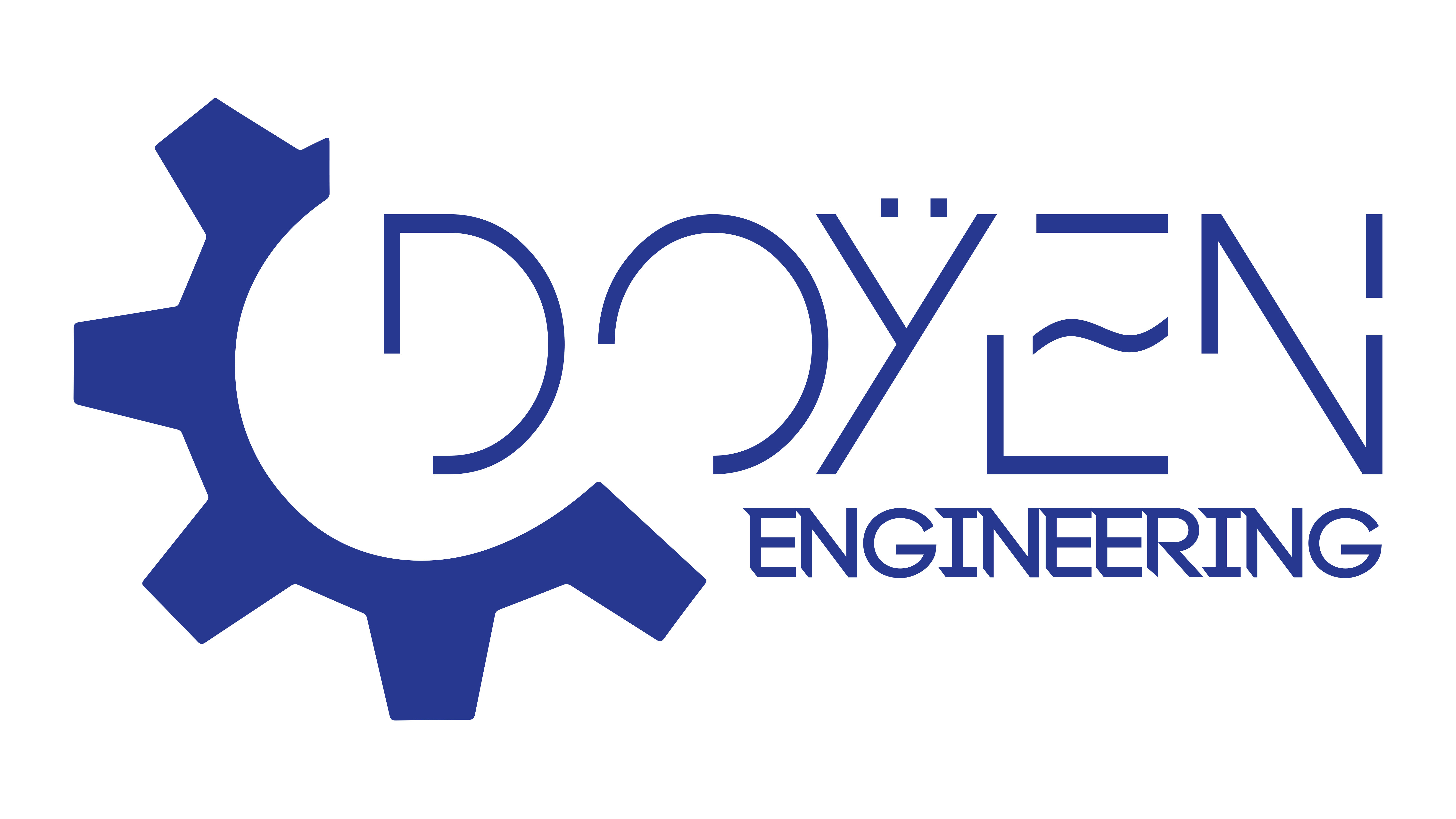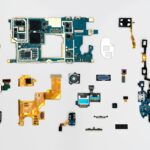
Introduction to Microcontrollers
What is a Microcontroller?
Microcontrollers are compact integrated circuits designed to govern specific operations in embedded systems. Think of them as tiny computers that perform a range of tasks by executing programmed instructions. You encounter microcontrollers daily, whether it's in your washing machine, microwave, or even remote controls. Key features include:
- CPU: The brain that processes data.
- Memory: Storage for code and data.
- I/O Ports: Interfaces for connecting to other devices.
These components work harmoniously to automate tasks and enhance functionality across various applications.
History of Microcontrollers
The development of microcontrollers dates back to the early 1970s when the first commercially available microcontroller, the Intel 4004, hit the market. This groundbreaking invention paved the way for further advancements and innovations in technology. Some milestones in the evolution of microcontrollers include:
- 1974: Introduction of the first 8-bit microcontroller, the TMS 1000.
- 1980s: The rise of 16-bit microcontrollers expands capabilities in consumer electronics.
- 2000s onwards: The advent of 32-bit microcontrollers enhanced performance and efficiency, fueling the Internet of Things (IoT) revolution.
These developments have made microcontrollers more accessible and versatile, powering everything from simple gadgets to complex systems in smart homes.

Importance of Microcontrollers in Technology
Applications of Microcontrollers in Daily Life
Microcontrollers have become indispensable in modern society, seamlessly integrating into everyday devices. From home appliances to personal gadgets, their applications are vast and varied. Examples include:
- Home Automation: Smart thermostats and security systems use microcontrollers for efficiency and user control.
- Wearable Technology: Fitness trackers monitor health metrics, thanks to the small but powerful microcontroller at their core.
- Automotive Systems: Microcontrollers manage everything from engine performance to safety features in vehicles.
These devices not only simplify our lives but also significantly enhance functionality and convenience.
Innovations in Microcontroller Technology
The relentless advancement of microcontroller technology continues to reshape industries. Engineers and developers are continually pushing boundaries, leading to exciting innovations. Some notable trends include:
- Low-Power Consumption: Recent microcontrollers are designed to run efficiently on minimal power, extending battery life in portable devices.
- Integration with IoT: Microcontrollers are now equipped with wireless capabilities, making them integral to the IoT ecosystem.
- Advanced Processing Power: 32-bit microcontrollers are becoming mainstream, allowing for more complex applications and real-time processing.
These innovations not only expand the capabilities of microcontrollers but also open up new possibilities for technological applications, creating smarter, more connected environments.

Types of Microcontrollers
8-bit Microcontrollers
8-bit microcontrollers are the foundational building blocks of embedded systems, often found in simpler applications. These compact devices, which process data in 8-bit chunks, are perfect for projects requiring minimal processing power. Some common uses include:
- Toys: Many educational toys utilize 8-bit microcontrollers for simple actions and interactions.
- Home Appliances: Devices like microwaves and coffee makers often incorporate these microcontrollers to perform basic functions.
Despite their simplicity, 8-bit microcontrollers are known for their reliability and cost-effectiveness, making them a popular choice for straightforward tasks.
32-bit Microcontrollers
On the other hand, 32-bit microcontrollers represent a significant leap in processing capability and complexity. With enhanced performance characteristics, they are ideal for advanced applications that require real-time data processing and increased functionality.Key features include:
- Higher Clock Speeds: 32-bit microcontrollers can perform more operations per second, making them suitable for high-speed applications.
- Larger Memory: These microcontrollers can handle larger datasets and run more complex algorithms, important for fields like robotics and automation.
They are commonly found in:
- Smartphones: Powering various functions and applications.
- Robotics: Enabling precise control and advanced functionalities in robotic systems.
The move from 8-bit to 32-bit microcontrollers allows developers to create more sophisticated and capable products, effectively driving innovation across numerous industries.

Microcontroller Programming
Understanding Programming Languages for Microcontrollers
Programming microcontrollers often requires specialized languages designed for embedded systems. Among the most popular are C and C++, known for their efficiency and control over hardware resources.Key characteristics of these languages include:
- C Language: Widely used for its simplicity and effectiveness; it allows direct manipulation of hardware.
- C++: Offers object-oriented features, making it suitable for larger applications with modular programming.
Additionally, languages like Python are gaining traction in microcontroller projects through frameworks such as MicroPython, enabling easier coding for developers who are familiar with Python's syntax.
Common Programming Tools for Microcontrollers
To program microcontrollers effectively, developers rely on a range of tools and environments to streamline the process. These tools not only ease coding but also improve debugging and testing. Some essential programming tools include:
- Integrated Development Environments (IDEs): Software like Arduino IDE and Keil µVision help developers write, upload, and test their code.
- Compilers: These convert high-level code into machine code tailored for the specific microcontroller being used.
- Debuggers: Tools that assist developers in testing and fixing code issues, ensuring that their microcontroller behaves as intended.
With these programming languages and tools, developers can create robust applications that leverage the full potential of microcontrollers, driving innovation across various tech sectors.
Microcontroller-Based Projects
DIY Projects Using Microcontrollers
Microcontrollers have opened a world of possibilities for DIY enthusiasts looking to create innovative projects. With just a few components and some coding skills, anyone can bring their ideas to life. Popular DIY projects include:
- Smart Home Automation: Automate lights and appliances using platforms like Arduino or Raspberry Pi.
- Weather Station: Build a personal weather station that collects data like temperature, humidity, and air pressure.
- Robotics: Create robots that can navigate obstacles or perform tasks based on user input.
These projects not only enhance creativity but also provide hands-on experience with electronics and programming.
Industry Applications of Microcontroller Projects
In industry, microcontroller projects drive efficiency, automation, and innovation across various domains. Many sectors rely on microcontroller technology to improve operations and product development.Some key applications include:
- Manufacturing: Automated assembly lines use microcontrollers to manage robotic arms and machinery.
- Healthcare: Medical devices like glucose monitors and infusion pumps integrate microcontrollers for accurate monitoring and control.
- Automotive: Microcontrollers help manage complex systems in vehicles, from fuel injection to advanced safety features.
These applications demonstrate how microcontroller technology is transforming industries, highlighting its vital role in modern technological solutions.





